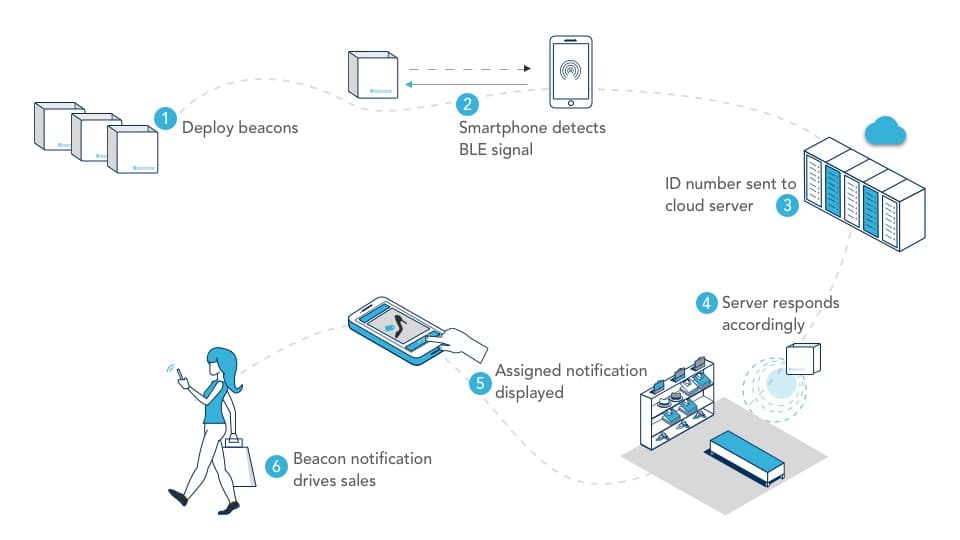Unveiling the Secrets of Bluetooth: How You're Exposed by BLE Beacons
This should be a good one!
That seemingly quiet mobile phone that you take everywhere is actually one of the loudest things, giving away your information constantly. There are many companies whose sole purpose is to collect this information that you might not even be aware you are giving away.
One extremely common, but rarely talked about method of gathering and using this information is by abusing your phone’s Bluetooth capabilities. This is achieved through the use of Bluetooth Low Energy (BLE) beacons.
BLE Beacons, in essence, are small, unobtrusive devices designed to transmit short-range radio signals. These signals often carry unique identifiers, known as UUIDs. When your phone’s Bluetooth is active, it continuously scans for these signals in the background, a process you might not even realize is happening.
What’s even more concerning is that these seemingly harmless devices can trigger a range of actions on your phone when detected. This is where BLE beacon marketing comes into play.
When your mobile device detects the signal from a BLE beacon, it can initiate specific actions. These actions may include displaying notifications, launching apps, or opening web links—all based on the information contained in the beacon’s signal.
Marketers configure these beacons to transmit particular content, which can include website links, multimedia, or even simple text messages. You might have experienced this when entering a retail store and receiving a notification or offer on your phone.
But what’s often overlooked is the tracking aspect. Marketers collect data about your interactions with these beacons. They want to know how many times you encountered their beacons, how long you engaged with the content, and whether you took any desired actions, like making a purchase. All of this data helps them refine their marketing strategies.
Companies such as Beaconstac, encourage their customers (the companies marketing to you) to include the Beaconstac software in their application that their users could be using, such as the Westfield app. This then allows the company to tie a specific physical device and location to a user’s personal data they have already collected. This means, even if you have disabled the company’s ability to track your location via GPS, they can still locate where you are, whenever you are near one of their beacons.

This information is then used for more advanced marketing, such as realtime location based marketing and “retargeting marketing” where the advertisers show you items from shops you spent more time in.
All of this data collection is indirectly acknowledged in most companies’ Privacy Policy (for example Westfield) however they do not mention how it is used, and to who exactly they are sharing this information with.
For further reading, I recommend checking out this company who facilitates this: https://www.beaconstac.com/what-is-a-bluetooth-beacon